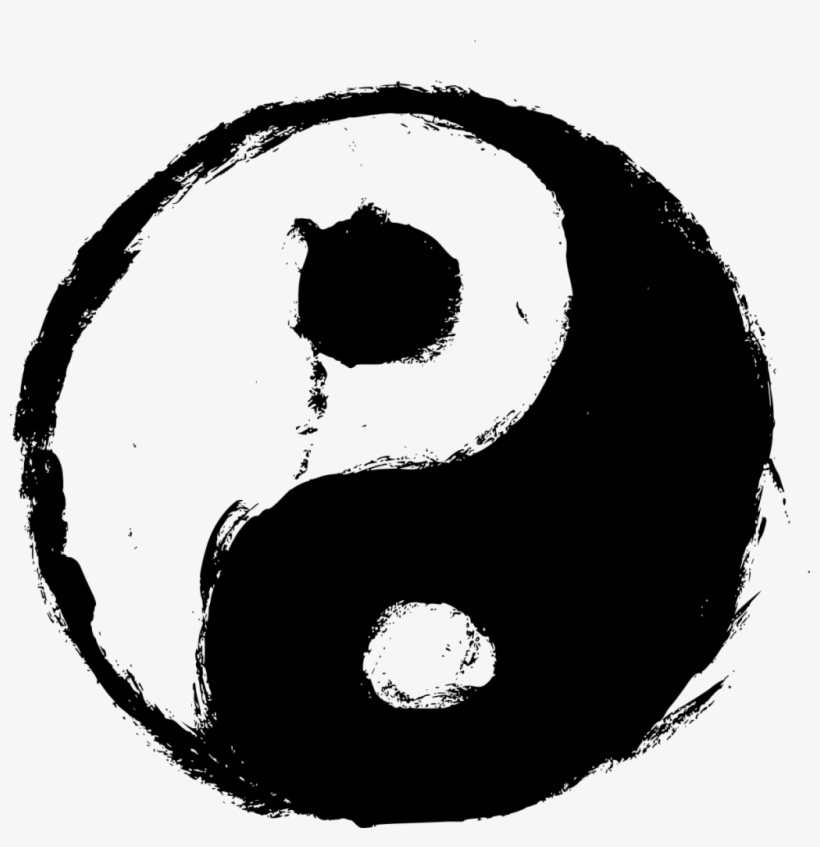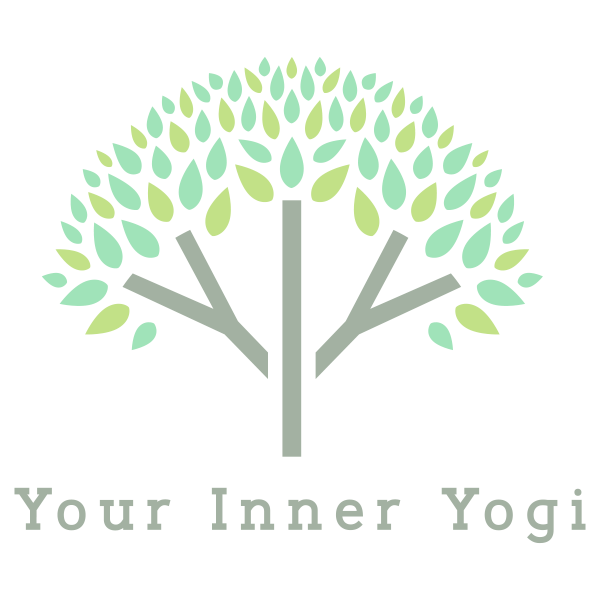
Ancient Words of Wisdom: Yin and Yang
Reflections on Yoga’s Classic Texts
By Leigh Pittenger
Purpose of this series:
Ancient texts have influenced the contemporary practice of yoga. You’ve likely read or heard of such famous works as the Hindu devotional classic, The Bhagavad Gita, or Patanjali’s Yoga Sutra. The purpose of this blog is to offer short, personal reflections on quotations from classic sources that have illuminated my own practice and teaching, or simply sparked my imagination. I hope that they’ll offer some food for thought and conversation. Feel free to share your own perspectives in the comments!
Series 1: The Daodejing of Laozi, translated by Philip J. Ivanhoe
Excerpt from Chapter 42
The Way produces the One.
The One produces two.
Two produces three.
Three produces the myriad creatures.
The myriad creatures shoulder yin and embrace yang,
and by blending these qi (“vital energies”) they attain harmony.
Entry #1: Yin and Yang
I’ll begin with a series of reflections on the Daodejing, an ancient Daoist text from China. (Perhaps you’ve seen the title rendered as Tao de Ching, as there are different systems of transliteration from the original language. Here I’ll use the spelling consistent with Philip J. Ivanhoe’s translation.) Though it’s said to be written by Laozi, the name “Laozi” simply means “old master,” and scholars believe that such a single author by that name didn’t exist. Instead, the text is a compendium of wisdom from different sources.
Why start with the Daodejing? It informs one of my favorite styles of practice—yin yoga. The terms “yin” and “yang” derive from ancient Chinese thought, as we see reflected here in the Daoist text. The excerpt quoted above says: “The myriad creatures shoulder yin and embrace yang, and by blending these qi (‘vital energies’) they attain harmony.” (You may have also seen the term qi spelled “chi,” according to its pronunciation.) Yin and yang are complementary forms of energy (or qi) that balance each other in all living things to sustain health and vitality.
The black half of the symbol represents yin energy, with its associations: femininity, darkness, receptivity, softness, stillness, etc. The white part represents yang and its opposite qualities: masculinity, brightness, action, hardness, motion, etc. If you find these gendered associations somewhat problematic, well, so do I. Still, it’s worth pointing out that in this worldview, neither yin nor yang is considered superior to the other. They are equally necessary energies characterizing the universe and all beings, including humans. Notice how the black part of the symbol includes a little white dot and vice versa. Nothing in nature is solely yin or yang. Everything contains both. Ideally, the energies are balanced, as they are in the symbol.
I love practicing and teaching yin yoga because it’s a quiet, soft, and receptive practice. Our dynamic culture is predominantly “yang.” We’re always on the go, rushing around to accomplish our goals, striving to attain something more. This isn’t bad! But we sometimes lack balance. For many of us, it’s hard to offer ourselves the freedom to “just be.” I’ve heard some yoga practitioners, especially beginners, claim to “hate” the final relaxation pose (savasana). To busy people, true relaxation doesn’t come easily. But if we find ourselves avoiding or resisting relaxation, perhaps we need it all the more!
Consider these words by the famous yoga teacher and author Donna Farhi: “The degree to which you do not believe you have time to spend even ten minutes sitting quietly is the degree to which you desperately need to spend ten minutes sitting quietly. If we did nothing else in our spiritual practice but reduce our accelerated pace, the world would be transformed overnight.” (from Bringing Yoga to Life: The Everyday Practice of Enlightened Living)
What do you think?
Reflection Question:
Would you describe your lifestyle as more “yin” or “yang”? What about your preferred style of yoga practice? Perhaps your preference varies depending on the time of day, or what’s happening in your life, or other factors. If you tend to stick with one type of practice, consider whether you might benefit from trying a complementary form. Let’s say your predominant energy tends toward the “yang”—you’re an energetic person, so you love a vigorous, fast-paced yoga class. Great! What happens if you try balancing out your energies with a quiet practice from time to time? Similarly, if you’re a person who gravitates toward a passive practice, do you ever challenge yourself with an active practice? In your own experience, what happens when you experiment with a style that’s outside of your norm?
About the Author: Leigh Pittenger
With a PhD in Religious Studies from Emory University, Leigh has taught courses in world religions at Rhodes College and Christian Brothers University in Memphis. She enjoys studying and teaching sacred texts that have influenced yoga, including the Bhagavad Gita, the Yoga Sutra, and the Daodejing of Laozi.

